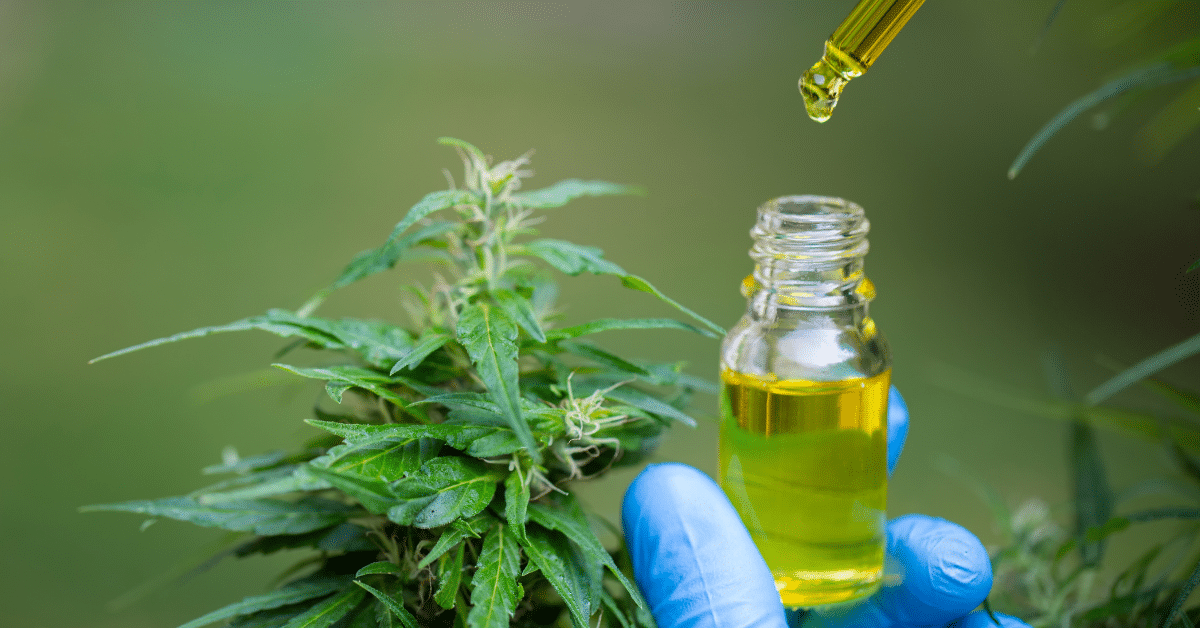After several months of shutdown, the North American automotive industry has announced their intention to restart manufacturing near the end of May. General Motors and FCA announced that May 18, 2020 will be the restart manufacturing date – Ford plans to follow suit. Canadian plants have announced similar plans. While Mexico is somewhat unclear on re-opening next steps, it is likely they will all march to the same beat in providing proper sequencing. Click here to view expected date of production start for all North American manufacturers.
There will be numerous obstacles to a smooth restart at all levels of the supply chain, as well as at the Original Equipment Manufacturing (“OEM”) level – which may potentially include the following:
- Supply base
- Safety concerns
- Logistics
- Cross Border Issues
- Labour Relations
- Planning for the recovery
- Consumer buying patterns
Supply base
The automotive industry involves numerous layers of supply to the OEMs in the manufacturing of a vehicle. This includes larger Tier 1 manufacturers and the smaller Tier 2 and 3 levels. Although there are exceptions at all levels, in general, Tier 2 and 3 manufacturers will be most vulnerable to the economic conditions. In addition, there are many common suppliers to different OEMs which require significant orchestration and sequencing, to ensure a cost efficient and orderly manufacturing process.
While the OEMs are skilled and adept at this staging and sequencing – including monitoring the health of their supply base – there are a number of factors which will complicate a restart. Some suppliers may be in financial distress and not in a position to recommence operations without fresh financing from their lenders. They will need to invest up front in materials and labour to rebuild inventories. While lenders may have been flexible in respect of margin deficiency and operating agreement defaults, there is little expectation that this will continue during the restart. These suppliers – at any tier level – may not have a sufficient asset base to satisfy lenders. Their major asset will generally be accounts receivable, which will have been collected during the shutdown, and as such, any outstanding receivables may be difficult to collect going forward. At the OEM level, or below, there may be the need for payments for goods in advance, the supply of raw materials, search for an alternate supplier and/or a combination of both.
Given the length of the shutdown, different suppliers will have managed the process according to their level of experience. Some will have engaged Consultants to assist the halt of cash hemorrhaging, and guidance on how to take advantage of any government programs that may be offered. Others may not have reacted quickly and are now subject to a paralysis without any clear direction.
Tool and die facilities may need to have their work re-inspected or PPAPed (Production Part Approval Process). With the common restart date – given the commonality of suppliers to the industry – there will be competing demands for product simultaneously to rebuild automobile inventories. Even large Tier 1 suppliers will have difficulty accommodating the demand. Compounding the supply issues, are competitive demands for raw materials such as steel, resins, aluminum, cobalt and other metals.
Any interruption in the supply chain will impact various layers in the orchestrated process – the sole sourcing of many small parts will add to the complexity.
Safety concerns
General Motors has announced that Personal Protective Equipment (“PPE”) will be required when employees are returning to work. Those measures are likely to include social distancing and additional PPE, such as, face masks, employee testing, disinfectants and changes to air makeup units. The United Autoworkers and GM have indicated that in certain circumstances social distancing is a virtual impossibility. In addition, certain employees who have prior conditions such as asthma will require additional consideration.
These additional safety measures will make it difficult to run an assembly line in an efficient manner. Further, work related development of COVID-19, would be subject to potential grievances and lawsuits. All these factors are expected to add additional costs to production. It is likely that these factors advance the proclivity to automate the production process even more than it has already done and accelerate the development of Artificial Intelligence on plant floors.
While the United Auto Workers/Canadian Auto Workers Union (“UAW/CAW”) have agreed to the May 18, 2020 start date, caution remains the key word. The safeguards will impact the cost of vehicles in several ways:
- Social distancing, be it on the plant floor or in the office areas, will have an impact on productivity.
- The cost of PPE will add to vehicle cost and will be difficult to control in plant supply areas.
- Union leaders have suggested commencing operations with one shift only.
There will be an adjustment period until an appropriate balance between safety and efficiency is achieved.
Logistics
The transportation industry has undergone significant change in the last several years with auto haulers either going out of business or going through a restructuring process. Many of the logistical suppliers are small businesses, and in some instances, as a result of cash flow concerns, have moved on to the supply other products such as groceries. Other cost concerns relate to; an aging workforce, underqualified workers, underqualified drivers and other costs such as insurance. These concerns may interrupt the smooth and timely delivery process, which will make leading manufacturing difficult to achieve. While efforts have been made to maintain commerce at border crossings, transportation costs have risen, nevertheless.
Cross Border Issues
With the restart decentralized in Canada and the United States, provinces and states have varied restart dates, whether announced or not. Different industries have added complexities concerning how the restart will be introduced. While Mexico is more centralized, there may be potential issues in employees reporting to work as a result of the later introduction of COVID-19 into the country. In addition, international supply logistics as well as capacity to produce, may result in additional costs and delays.
Labour Relations
Collective Agreements in Canada expire in the fall of 2020, while US Agreements were renewed last fall for an additional four years. The Canadian scene is expected to be difficult and contentious with the CAW looking to make up for lost ground, and the industry’s rising profits until last fall when demand turned south. While the UAW situation may be somewhat different, there is more concern with union turmoil as a result of recent corruption charges and the replacement of leadership. In addition, the UAW is closely monitoring the restart for any signs of additional infections.
Planning for the recovery
Recent economic modelling provided by government sources has varied by state and province. While some jurisdictions have announced detailed plans and commenced the opening of services, others are vague with limited information available. As a result, planning recovery will be extremely complex particularly for automotive manufacturers. It is not clear that all jurisdictions will allow for product production simultaneously. Likewise, it is uncertain what the level of demand will be from consumers, and as such, manufacturers will need to plan for different levels of production in the initial stages of the restart.
Earlier, economists expected a “V” shaped recovery with a dramatic increase in consumer demand. Now, expectations are that demand will build more gradually over several years, with no expectation of reaching pre COVID-19 levels, if at all, in less than three years. Planning production based on expected demand will be a challenge. Prior to COVID-19, the auto industry had already declined, with last year’s demand falling by 1.6% and production by 3.4% . In addition, small car demand has virtually evaporated with light trucks keeping the OEM plants humming. The first quarter of 2020 is starting to show the effects of the shutdown; GM down by 7%, Ford down by 12.5%,Toyota down by 9% and FCA down by 10%.[1]
It can be assumed that consumer buying patterns will clearly have an impact to the restart, and significant incentives may be necessary to rebuild demand. Production modelling will need to be dynamic, with the ability to react quickly to changing conditions.
Consumer buying patterns
With increased unemployment and weakened consumer confidence, consumers are expected to remain cautious regarding large purchases. A recent survey indicated that 50% of all consumers spending is discretionary, and of that total during the COVID-19 shutdown, there has been a 90% reduction of discretionary spending[2]. How much of that spend reduction is permanent as a result of changing consumer habits during the shutdown, is yet to be seen. With the staggered phase in reopening, it is unclear when consumers will feel comfortable making large purchases in this new normal environment. Manufacturers of consumer products such as automobiles will depend upon the maintenance of consumer behavior post shutdown, and during the restart.
The types of vehicles consumers will demand post the lock down is difficult to gauge. In major cities, there may be an aversion to using public transport – which may increase demand for small fuel efficient and electric vehicles. On the other hand, with the continued fall in gasoline prices and restrictions on air travel, there may be a resurgence in demand for SUVs and light truck product.
The restart of the Automotive Industry clearly has a number of challenges. Automotive News recently quoted Bank of Nova Scotia’s industry economist, who indicated March sales were down 47%, expected sales for April and May to be 80% below expectations, and June to be 60% down. Overall 2020’s calendar year sales were expected to decrease by 20%.[3]
While we have focused mainly at the manufacturing level, dealerships have and will continue to be distressed given their large fixed overhead structures. Many have shut down over the last several months.
As an industry, the future is fraught with challenge, requiring the very best talent pool to navigate through the challenges ahead. The industry has learned a great deal from the multitude of tests leading up to and surviving 2008-09. Manufacturing processes, quality and efficiencies, and the monitoring of capacity to ensure overheads are well managed – are all learnings that demonstrate the survival and turnaround skills the automotive industry has to effectively restart in today’s economy.
To learn more about how Zeifmans can help guide your automotive business through these turbulent times, contact us today.
[1] Automotive News: https://www.autonews.com/
[2] Survey: Canadian consumer sentiment during the coronavirus crisis: https://www.mckinsey.com/business-functions/marketing-and-sales/our-insights/survey-canadian-consumer-sentiment-during-the-coronavirus-crisis
[3] Automotive News Canada: https://canada.autonews.com/
Supplemental insights
The Restart: More Challenging than the Shutdown
Navigating supply chain management and distribution during crisis
Corporate turnaround insight for Canada’s struggling hotel industry



